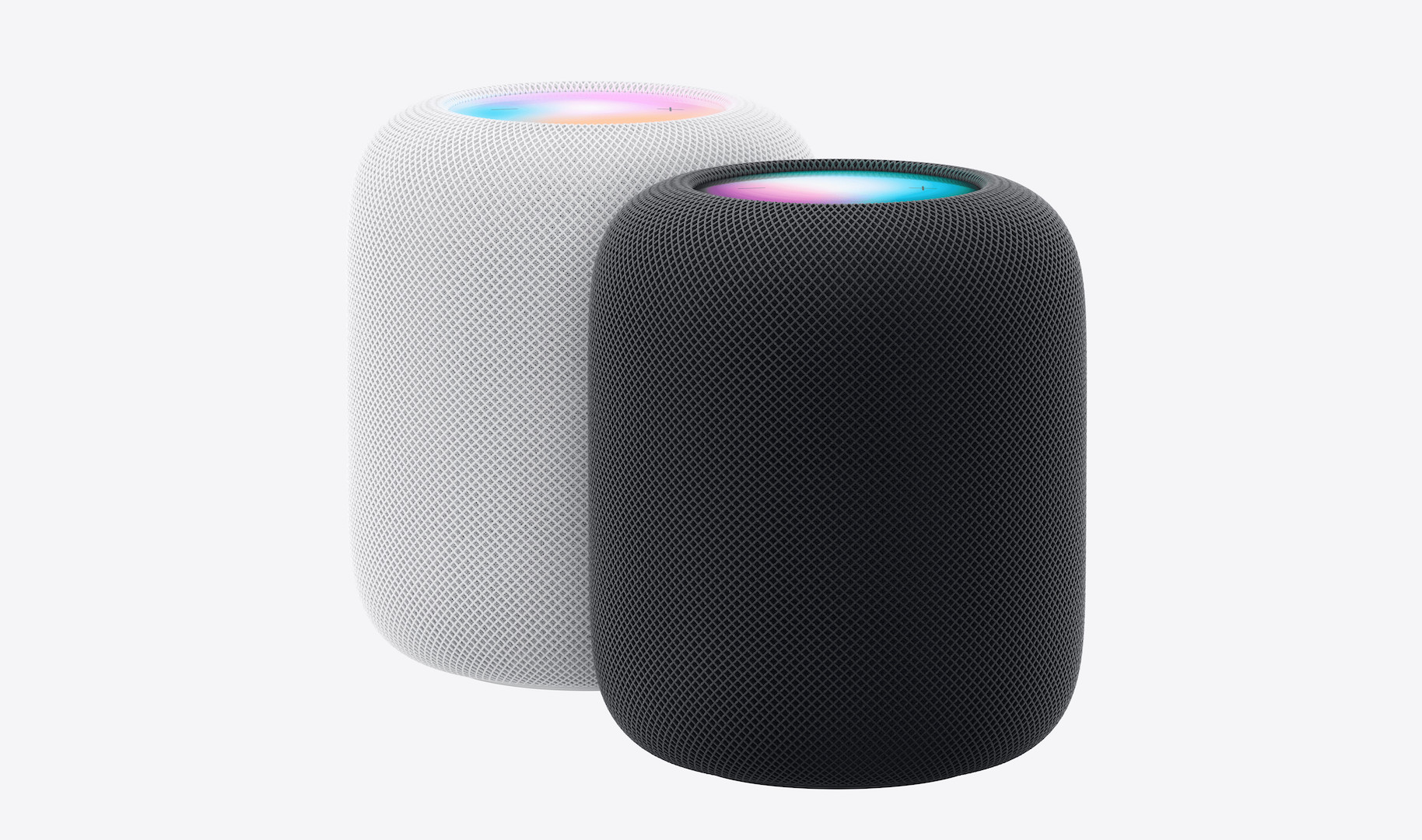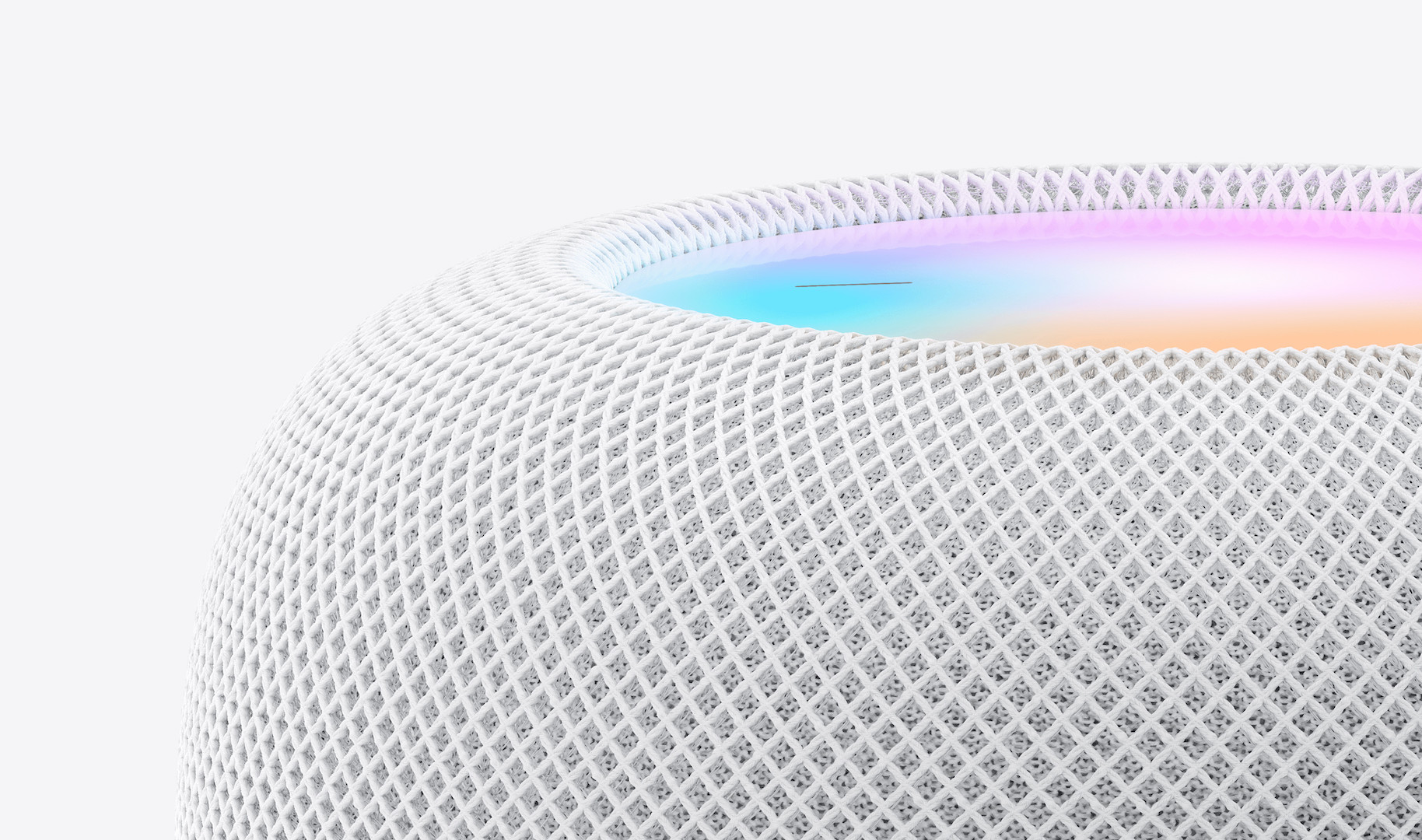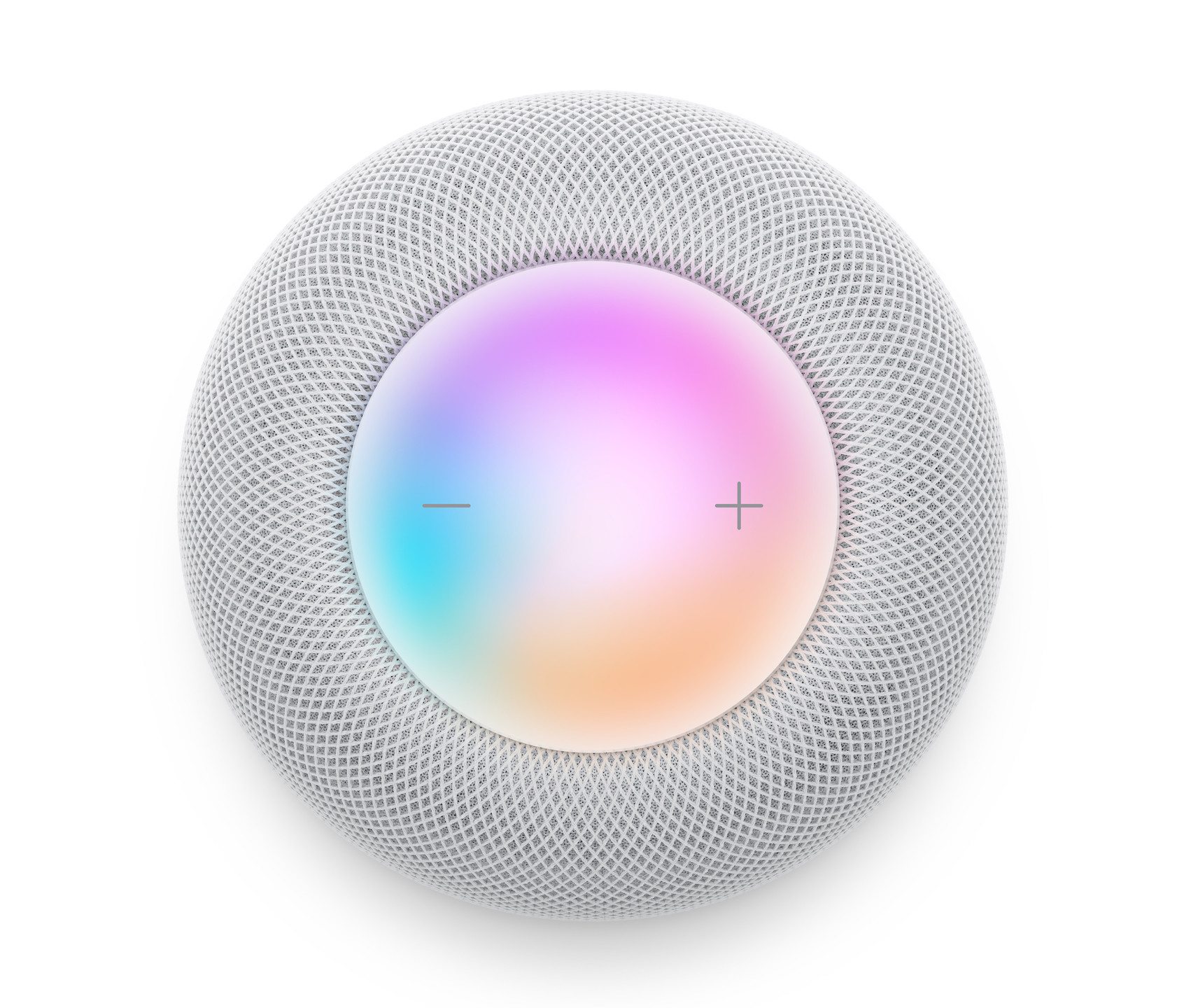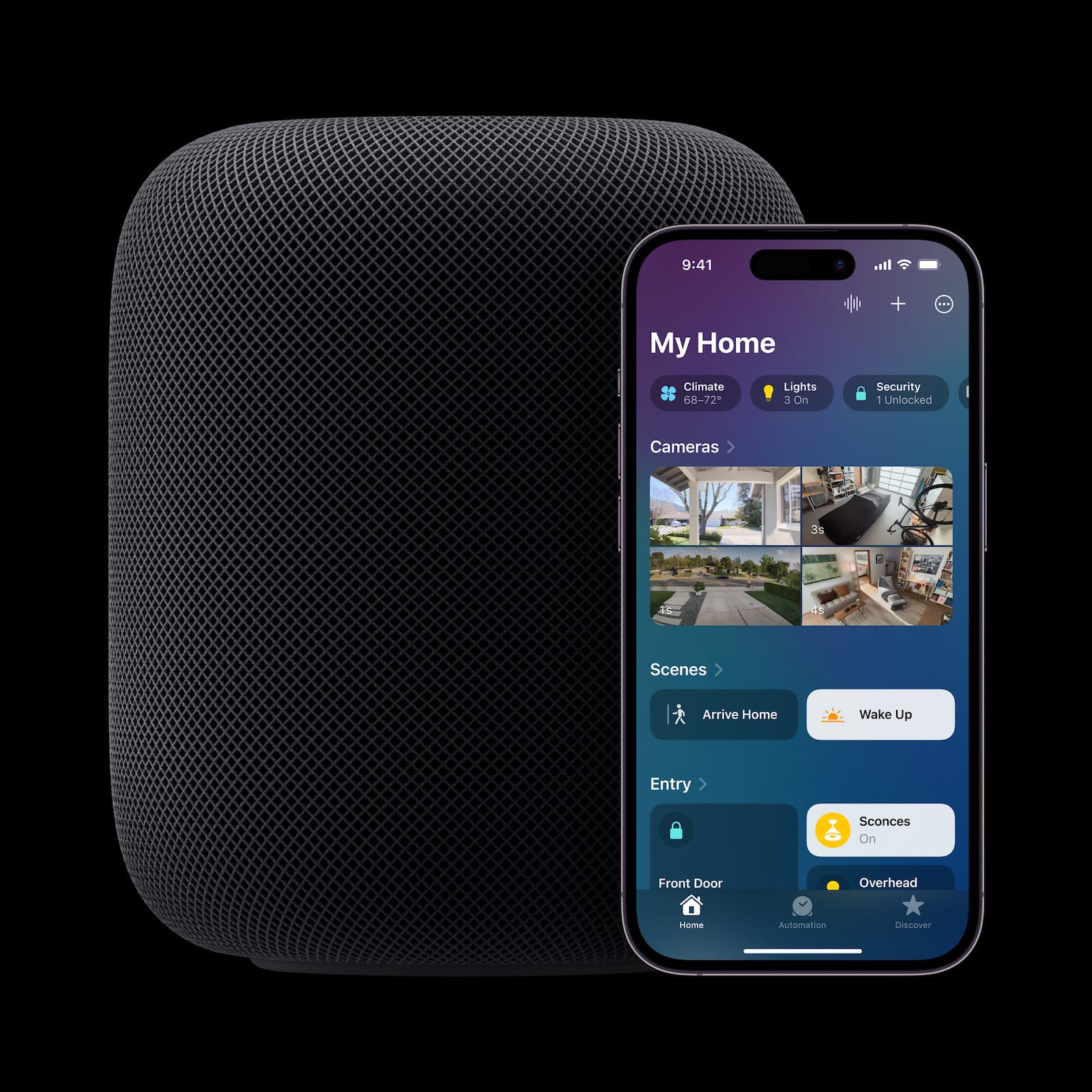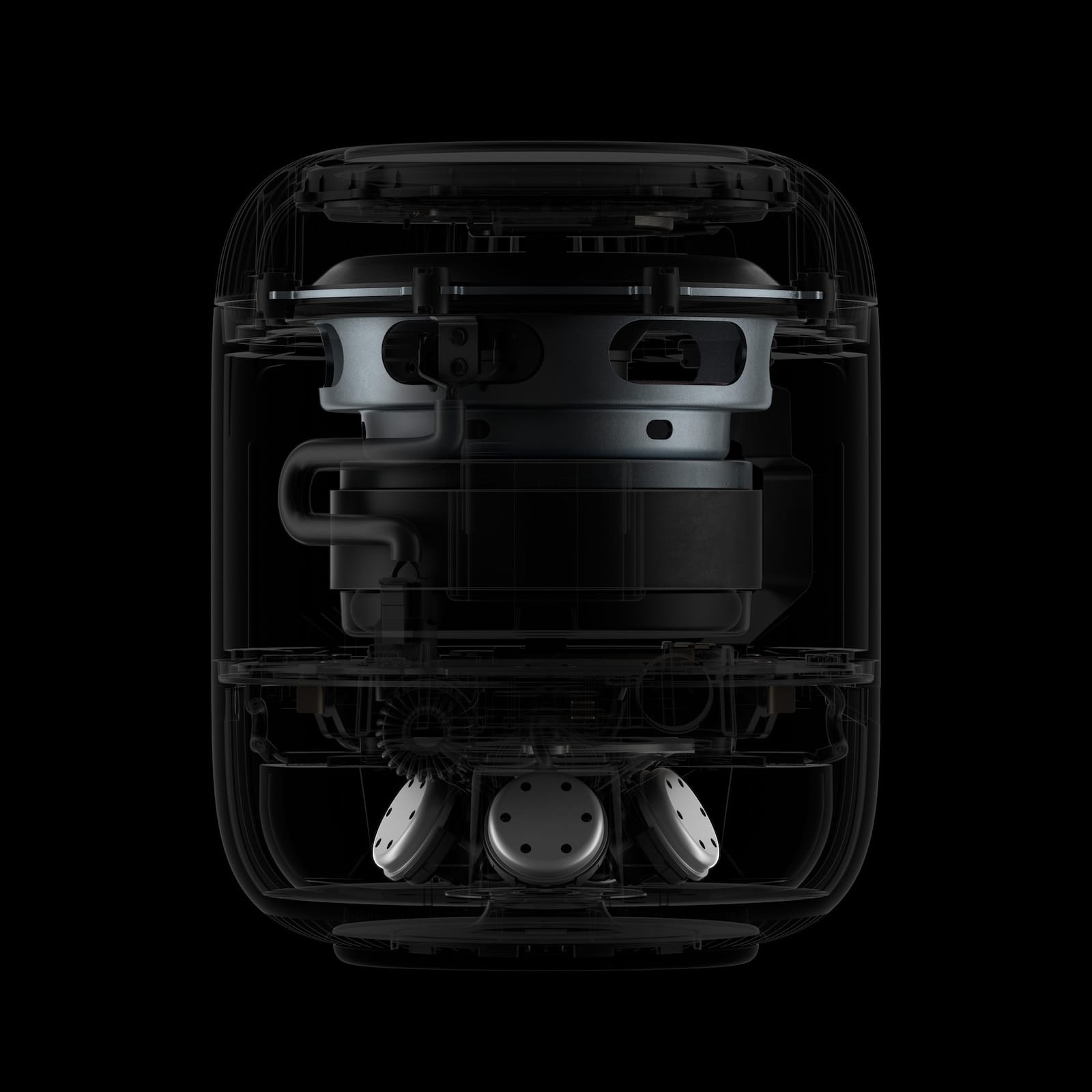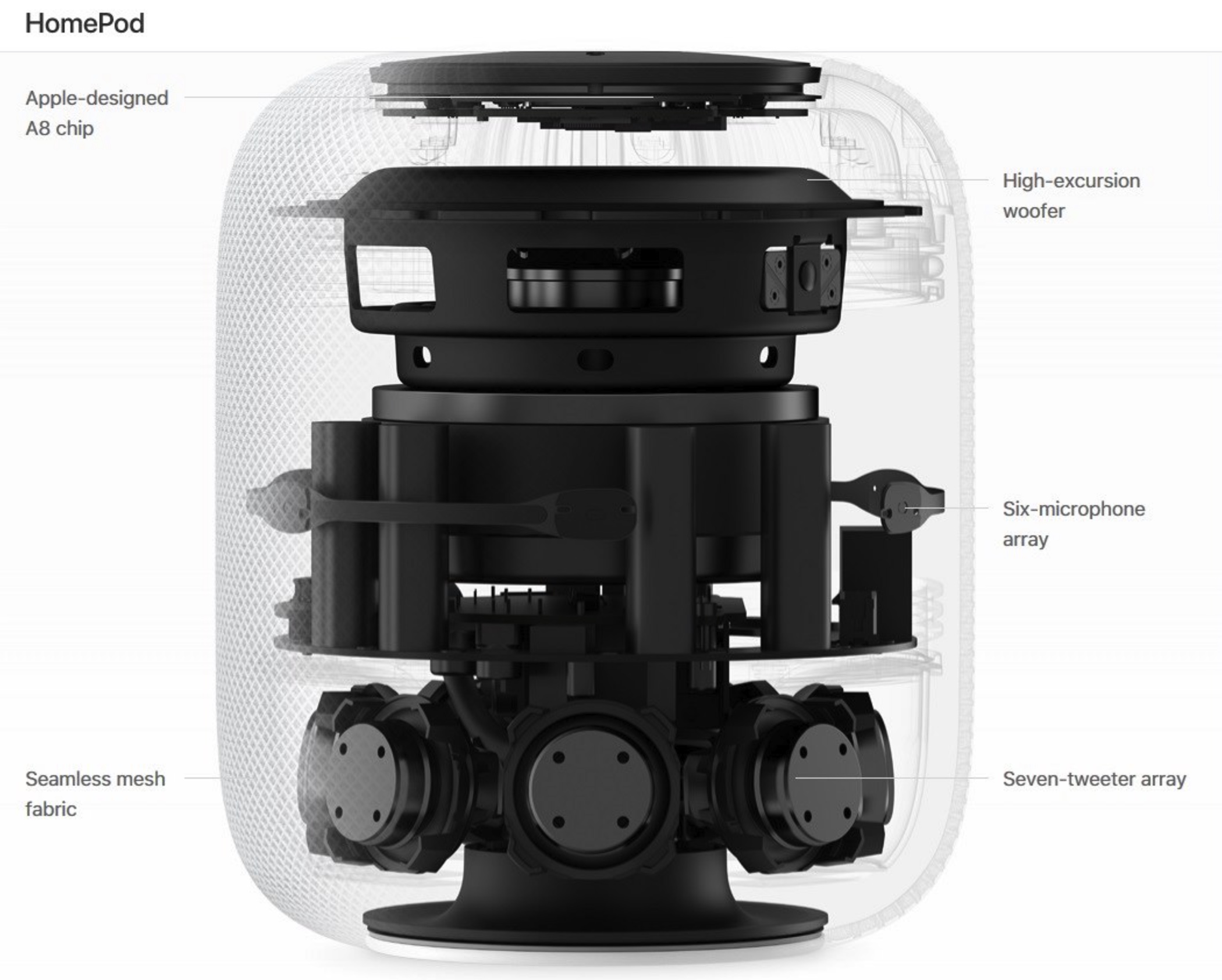Only a few days have passed since the presentation of the latest Apple news. If you haven't noticed, we specifically saw the introduction of the new generations of 14″ and 16″ MacBook Pro, Mac mini and HomePod. We have already covered the first two mentioned devices, in this article we will take a look at the second generation HomePod. So what are the 5 main innovations it offers?
It could be interest you

Temperature and humidity sensor
One of the main innovations that comes with the new HomePod is definitely the temperature and humidity sensor. Thanks to this sensor, it will be possible to set various automations, depending on the ambient temperature or humidity. In practice, this means that, for example, if the temperature is high, the blinds can be closed automatically, or the heating can be turned on again when the temperature is low, etc. Just for the sake of interest, the already introduced HomePod mini also has this sensor, but it was deactivated all that time. We will see the start-up on both HomePods already mentioned next week, when the new operating system update is released.
Larger touch surface
We've had really high expectations for the new HomePod in recent weeks. On the last concepts, we were able to see, for example, a larger touch surface, which was supposed to hide a complete display, which would be able to display, for example, the currently playing music, information about the household, etc. We actually got a larger touch surface, but unfortunately it is still a classic an area without a display, which we already know from other apple speakers.
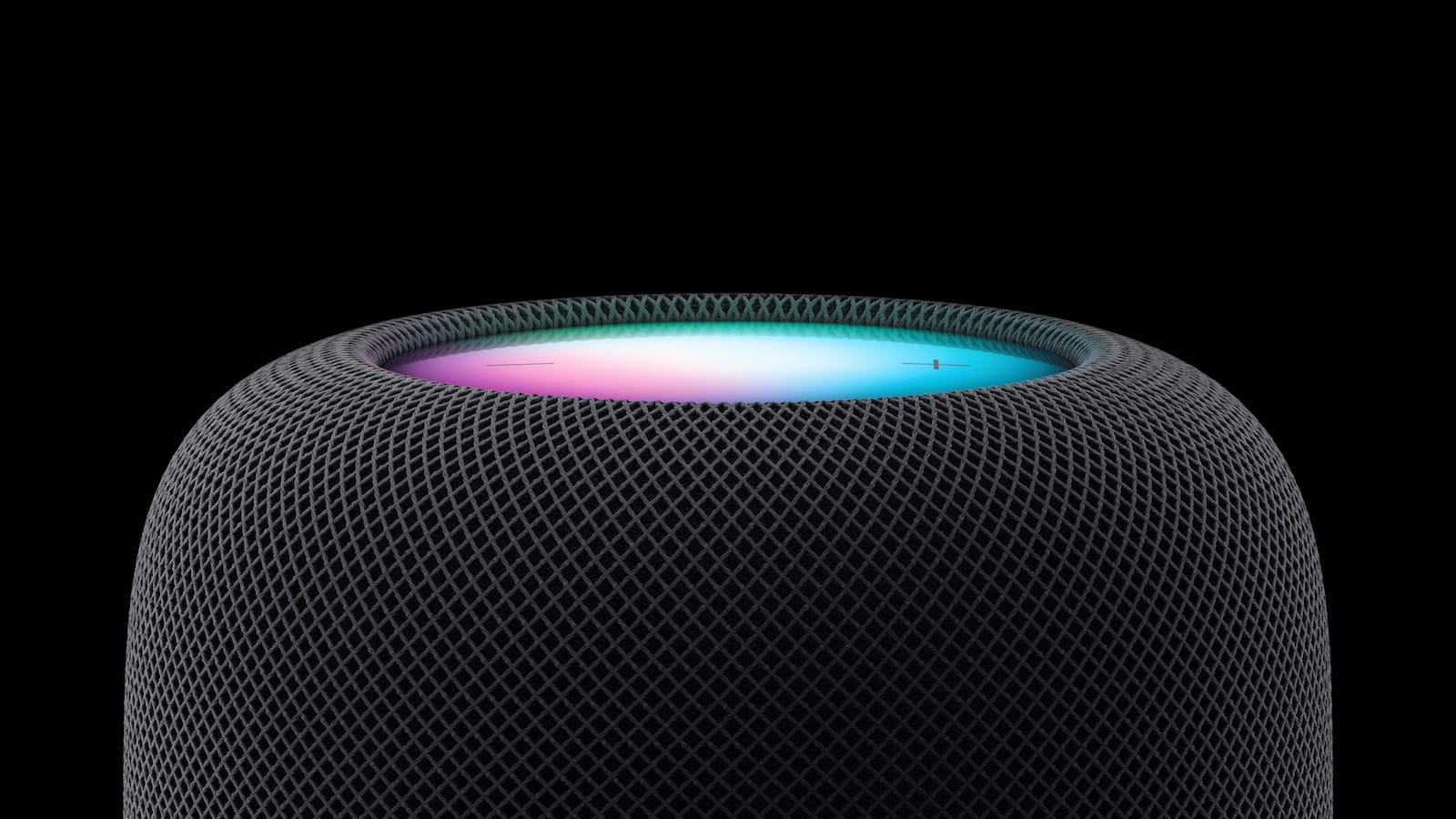
S7 and U1 chips
Part of the latest speculation about the upcoming HomePod was also that we should wait for the deployment of the S8 chip, i.e. the latest "watch" chip that can be found, for example, in the Apple Watch Series 8 or Ultra. Instead, however, Apple went with the S7 chip, which is a generation older and comes from the Apple Watch Series 7. But in reality, this has no effect on performance, since the S8, S7 and S6 chips are completely identical in terms of specifications and only have a different number in the name . In addition to the S7 chip, the new second-generation HomePod also boasts an ultra-wideband U1 chip, which can be used to easily stream music from an iPhone that just needs to be brought closer to the top of the speaker. It should be mentioned that there is also support for the Thread standard.

Smaller size and weight
Although at first glance the new HomePod may seem the same compared to the original, believe me that it is slightly different in terms of size and weight. In terms of dimensions, the new HomePod is about half a centimeter lower - specifically, the first generation was 17,27 centimeters tall, while the second one is 16,76 centimeters. In terms of width, everything remains the same, namely 14,22 centimeters. In terms of weight, the second generation HomePod has improved by 150 grams, as it weighs 2,34 kilograms, while the original HomePod weighed 2,49 kilograms. The differences are negligible, but definitely noticeable.
Lower price
Apple introduced the original HomePod in 2018 and discontinued its sale three years later due to low demand, which was mainly due to the high price. At the time, the HomePod was officially priced at $349, and it was clear that if Apple wanted to succeed with a new speaker in the future, it would have to introduce a new generation with great improvements and at the same time a lower price. Unfortunately, we didn't get any big improvements, the price dropped by $50 to $299. So the question remains, whether this is enough for Apple fans, or whether the second generation HomePod will ultimately be a flop. Unfortunately, you still cannot buy the new HomePod in the Czech Republic, so if you are interested, you will have to order it from abroad, for example from Germany, or you will have to wait for it to be in stock at some Czech retailers, but unfortunately with a significant surcharge.

